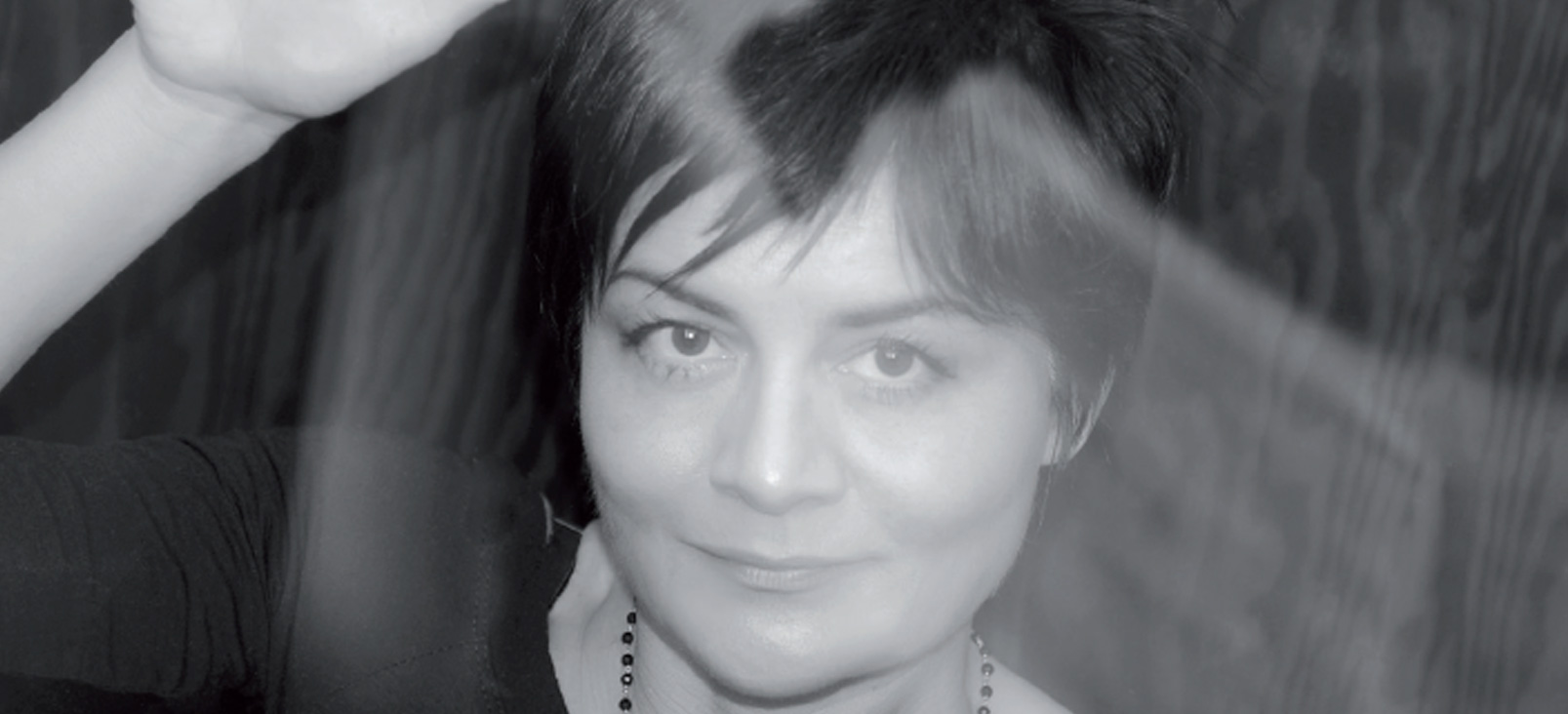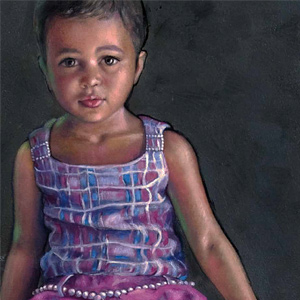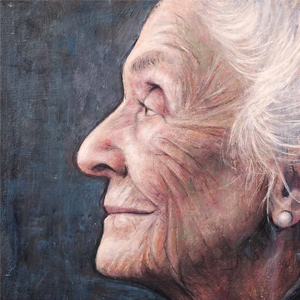Cinzia Bevilacqua. Fifty Fifty
EXHIBITION - VILLA CARCINA
Curated by Giuseppe Fusari
Characteristic of Cinzia Bevilacqua's painting is the psychological depth obtained through a calibrated use of verisimilitude. All that you need.
Her attention to truth is not photographic; the details are carefully chosen to reach the maximum concentration on the subject, to bring out the essential elements not to the recognition of the figure but to its deep understanding. The similarity, the acute similarity of her portraits cannot (and must not) be confused with the mimetic ability because this is not just about that. It would be enough to look at the way in which she paginates the portraits, the not indifferent way to create harmony within the painting so that the characterizing elements can be immediately identified. And the essential element is not always the face or the gaze; sometimes it is decentralized in a gesture, in the particular way of treating the background, in the apparent neglect with which the figure is eccentric with respect to the table. It is this internal balance, natural for the painter, that avoids emphasis and rigidity; such a sober layout forces a wise use of details and accessories and does not allow to indulge in something too much that could highlight the satisfaction for one's ability or leave uncovered refinements made to amaze. The essentiality of the trait that results in a strict and neat sense of the composition has as its technical implication the extreme mobility of the brush stroke: a fast, compendiary touch painting, that can be recomposed only at a distance and that allows a result of extreme softness, which enhances the mobility of the lights and the transparency of the bright chromatic range.
When one wonders why Cinzia Bevilacqua's portraits are so interesting, one cannot answer only by indicating the similarity as their peculiar trait. Rather, it is the skill of the artist that conceals under false simplicity a study of the subject that frees him from simple photographic data, which immerses him (or re-immerses) in the flow of his existence. So even the portraits in which the photographic cut is taken as composition feature, they start on this road of interiority research which remains under the skin and - as such - is the artist's research and does not come with this on display. That's right: compared to the temptation to highlight the method of work or the idea (things that contemporary art has chosen to highlight), Cinzia Bevilacqua's painting remains well linked to the virtuous practice of spoiling, art, according to Baldassarre Castiglione, of which the true Cortegiano must be well supplied and which, in the Renaissance, was taken up as a challenge by the major artists. Don't show the study; don't show fatigue. Beauty, art is the sublime fruit of a naturalness that flourishes from study and effort but does not let it be seen.
GALLERY




